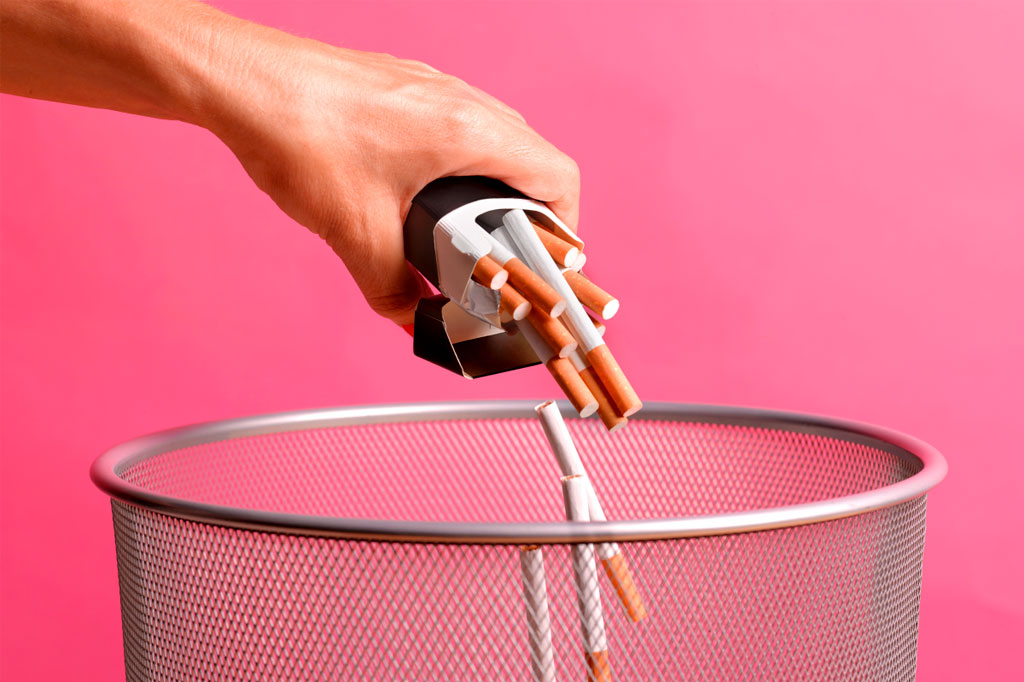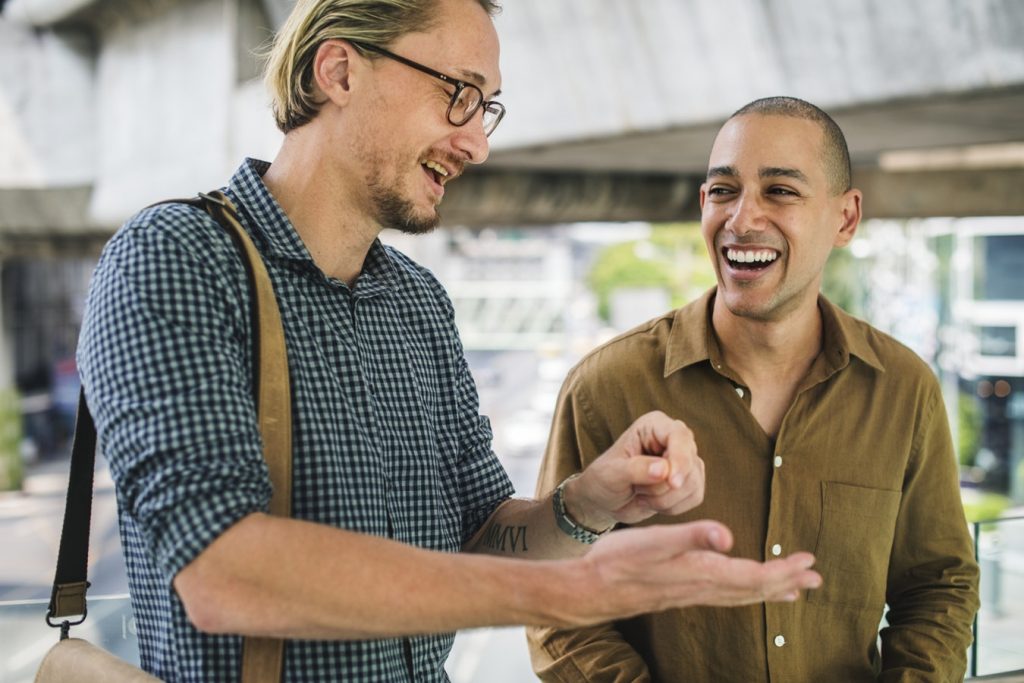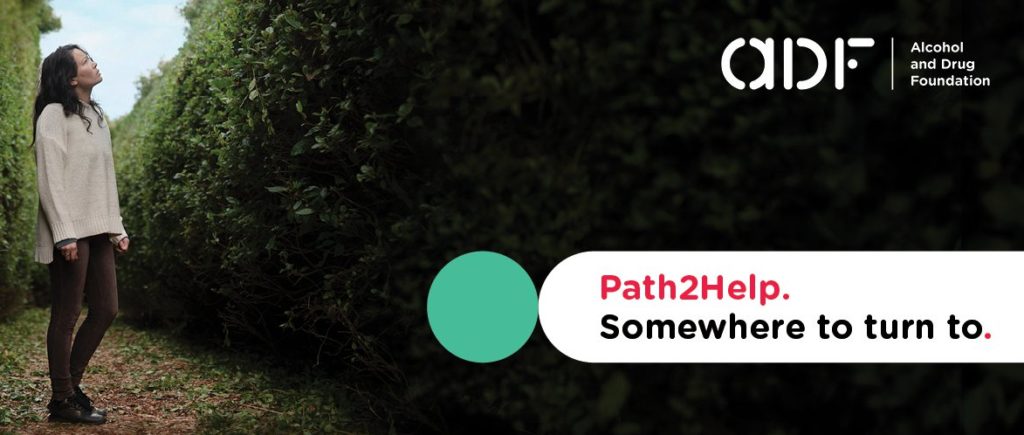Physical activity is beneficial to mental and physical health, and is an important part of improving quality of life for people with dementia. This video aims to integrate more physical activity into the life of people who are living longer, more sedentary lifestyles and encountering diseases such as dementia more frequently.
Ten for Ten for Life is a set of 10 exercises that can be done in 10 minutes, either daily or 3–4 times a week. The exercises can be performed either standing or sitting in a chair, and have been demonstrated in a research facility and in domestic environments. Check with your doctor before beginning any new exercise program to make sure it is suitable for you and always work within your capabilities.
This is the first of three videos. To watch the next video in the series, see Dementia 2: Memory Matters.
Continue watching this series
This is the first of three videos.
 |
To watch the next video in the series, see Dementia: How Alzheimer’s Disease affects you and your carer. |
 |
To watch the third video in the series, see Dementia: Caring for the Carer. |
Transcript
People are living longer and so diseases of older people are being encountered more frequently. One of the more common diseases is dementia, and so more people are having to find ways of coping with dementia. It is becoming increasingly clear that physical activity is beneficial to people, beneficial to their physical and mental health, and their quality of life.
In this program we will look at some examples of how people can integrate more physical activity into their daily lives. The ten for ten exercises we’re going to show you are ten exercises which can take about ten minutes. Do as many as you can and build up to the ten in your own time. Enjoy yourself.
As a practicing GP, I see daily the benefits of physical activity for my patients, particularly those living with chronic disease. There is no doubt in my mind that physical activity provides benefits that are both mental and physical in patients who participate. I encourage all of my patients to become more physically active in their daily lives.
As we become older there are changes that occur to us. On the outside we see this as sagging skin or even greying hair. But on the inside we know there are changes occurring as well. For example, our muscles become a little weaker and our heart doesn’t function as well today as it did 20 or even 30 years ago. Now at the same time as these changes are occurring, we’re also becoming a little more sedentary, and I’ll give you an example. How many people have got a remote control for their television? Now if you do, you’ll know what I’m talking about. A simple press of a button means you don’t have to leave the sofa to change the station. We’ve made ourselves a little more inactive.
Now we believe that remaining physically active is a way to overcome our new and exciting lifestyle. The following series of ten for ten exercises is a way in which you can improve health and your fitness.
Ten for ten is a simple set of ten exercises which you can do in ten minutes, either daily, or three to four times a week and put regular physical activity, such as walking, swimming and even dancing into your life.
Check with your doctor before starting any new exercise program, and be aware of the problems and changes in your body. Work within your comfort zone and limitations. Pay attention to any pain signals or discomfort when you exercise. Wear comfortable easy to move in clothes, use a stable upright chair, preferably without arms, as your exercise base. Make sure you have plenty of room to stretch and move in, especially for the standing exercises.
When following the movements remember to move and breathe slowly and steadily. Don’t hold your breath. Remember the key posture pointer, pull the navel or tummy button back in towards the spine and keep the spine lifted and tall. Most importantly, enjoy getting to know the exercises, as well as your body, and over time you’ll appreciate the take away effects of looking better, feeling better and living better.
Preparation: Bending to sit
 [starts 4:10]
[starts 4:10]
Stand directly in front of the chair and make sure you can feel it with the back of your legs. Raise your arms out in front and slowly lower yourself into sitting, bending your bottom right to the back of the chair. Lower your arms and sit comfortably upright. A good sitting position will give you a well supported posture for the ten for ten exercises. A small cushion may be placed behind the lower back to help support the natural curve of the spine.
Exercise One: Deep Breathing
 [starts 4:45]
[starts 4:45]
Place your hands on the lower ribs, breathe in, and out and feel the bases of your lungs filling with air and the lower ribs moving outwards into your hands, as you sigh away, feel the ribs drop away beneath your hands. A few deep breaths can help you to focus and relax before you start the exercises. Throughout all of the following ten for ten exercises, try to keep your spine lifted and your breathing steady.
Exercise Two: Spinal Stretches
 [starts 5:25]
[starts 5:25]
Spinal stretches will help to keep the reaching and turning movements you’ll need in everyday activities and help to keep your upper back strong. Raise your arms and reach around to look to the side. Turn back to the middle. Reach and turn to the other side, and back to the middle. Once more each side. Look at your hands as you move. And then hands down on knees. Now reach your arms up and across and down. Reach the other arm up and across and down. Reach across, arm down, reach across, and arm down.
This time reach forward and down and back. And the other arm. Down and across. Feel yourself reaching across and down and use your spine as you stretch. Now lift both your arms up and feel your chest opening wide and arm down. Lift your arms and chest wide open. Shoulders relaxed. Enjoy the feeling, now relax down and rest.
Remember, pull your tummy in, lift your spine, smile, you can even use your face muscles!
Exercise Three: Shoulder Rolls
 [starts 6:55]
[starts 6:55]
Start with both hands on the knees, sitting tall. Lift both arms up to place your hands behind the back of your neck. Feel the shoulders roll out and the elbows stretch back. Lower your arms, hands on knees.
Now place both hands behind your lower back. Feel the shoulders roll in and the elbows stretch back. Repeat lifting both arms to touch your hands behind the neck, feel the stretch, elbows back, then hands to knees. Hand behind your lower back, elbows stretch back and return hands to knees.
Now try opposites. If you take one hand and place it behind your neck and take the other hand and place it behind the lower back. Feel the stretch across your chest, elbows, back. Bring your hands down and change to the opposite side.
Shoulder rolls also help to maintain the movements of everyday activities such as brushing the back of the hair. Now roll your shoulders back in a circle. Now roll forward and just enjoy the feeling. Sit tall, breathe deeply, feel relaxed.
Exercise Four: Knee and Ankle Extensions
 [starts 9:10]
[starts 9:10]
Place your hands on your thighs and feel the muscles as you straighten one; knees, slowly up, hold and down, two; three. Straighten the other knee; two, three, four, hold; two, three and down; two, three. And again with the other leg. Two, three, hold; two, three, and down; two, three. Change; two, three, and hold; two, three, and down; two, three. Now lift the other leg and push the foot down and pull it up. Push down and up, now circle the ankle, circle and then the other way.
Repeat with the other leg. Stretch and push the foot down. Pull it up, push down, pull up and circle. Feel the calf muscles. It’s great for circulation and this is definitely a do it when you’re watching television exercise.
Exercise 5: Forward Rise
 [start 10:45]
[start 10:45]
Bring both arms up in front of you. Bend forward from the hips and rise slowly, pushing yourself away from the chair, up to standing. Slowly lower back down, aiming your bottom to the back of the chair. The forward rise helps keep the strength of all the muscles of the buttocks and the legs and is a gold star exercise for keeping you on the go. As you progress, cross your arms in front of your chest, lean forward from the hips, push up through your legs to standing, arms relaxed, slowly down, bottom to the back of the chair. Repeat, coming up again slowly, forward from the hips. Now arms to your side, and remain in standing.
Exercise Six: Rise and Fall
 [start 12:00]
[start 12:00]
For rise and fall, move to the back of your chair where you can hold on for support. Rise and fall is a great exercise for strengthening all of the muscles of the legs. Begin by slowly lifting your heels off the ground up on to your toes and down slowly. Lift your toes off the ground. Feel yourself lean back gently and lower your toes. Bend your knees gently into a semi squat, keeping your bottom tucked in and your back straight. Repeat, lift your heels off the ground and down slowly. Lift your toes, rock back and down. Bend your knees, back straight and bottom in and stand tall.
Exercise Seven: Extender Hips
 [start 13:02]
[start 13:02]
Extender hips is a great exercise for the buttock muscles that keep us upright and balanced. With feet apart, stand tall, tummy in, lean forward only a little way and look down at the chair and stretch your leg back, sliding your leg back, then lift your foot a little way off the ground, and hold. Feel the hold in your buttocks. Slide the foot forward. Stand tall in between and repeat with the other leg. Look down at the chair, stretch your leg back, sliding your foot back. Lift your foot a little way off the ground, hold, slide the foot forward, stand tall in between. Let’s repeat with the other leg. Look down at the chair, stretch your leg back, lift a little way off the ground, hold, slide the foot down, stand tall and repeat with the other leg. Lean forward a little, stretch your leg back, lift your foot a little way off the ground and slide the foot forward. Stand tall. Lifting your spine. Pull your stomach in. Breathe deeply and smile.
Exercise Eight: Hip Away
 [starts 14:37]
[starts 14:37]
Hip away is another exercise for the important muscles around the hip joint that help with balance, walking and many other physical activities. Stand tall and lift your leg away to the side, keeping your foot facing forward. Hold; two, three, and back down; two, three. Peddle your ankles in between to relax the muscle. Now repeat with the other leg. Lift your leg away to the side and down. Lift your leg away to the side, keep your foot facing forward. Peddle, relax the muscles. And rest.
Exercise Nine: Slow Marching
 [Starts 15:39]
[Starts 15:39]
Slow marching is a simple but good exercise for the hips, knees and ankles and for better balance. Start slowly, marching to the front, to the side, one, two, three, four, and two the front. Two, three, four. Remember you may need to stay behind a chair to hold on for support if you prefer. This applies to all the standing exercises.
Exercise Ten: Swaying
 [Starts 16:23]
[Starts 16:23]
Begin by swaying gently from side to side feeling you weight shift. Point your toe as you move. And then turn to the side, swaying over forward, and back. And forward. Now turn to the front. And to the other side. Sway overs is another great exercise for better balance. Again, this can be done standing behind and holding on to your chair for support. And this time front. Sway over, over, over and finally step together, stretching up tall to finish.
Cool Down
 [Start 17:46]
[Start 17:46]
Finally, the close off is a chance to stretch out and bring the set of ten for ten to a close. Circle your arms up and around. And then stretch over and down, over and down. One more double arm circle. Arms out and up, breathing in, step together, stretch tall and lifting through your spine. Enjoy the feeling and the take away effects of your ten for ten. Remember that you can do all or any of them at other times and in other places.
Keeping active has improved my life, so why don’t you get out there and enjoy it too.
More information
 |
For more information, visit Fitness and Exercise. |
All content and media on the HealthEngine Blog is created and published online for informational purposes only. It is not intended to be a substitute for professional medical advice and should not be relied on as health or personal advice. Always seek the guidance of your doctor or other qualified health professional with any questions you may have regarding your health or a medical condition. Never disregard the advice of a medical professional, or delay in seeking it because of something you have read on this Website. If you think you may have a medical emergency, call your doctor, go to the nearest hospital emergency department, or call the emergency services immediately.







